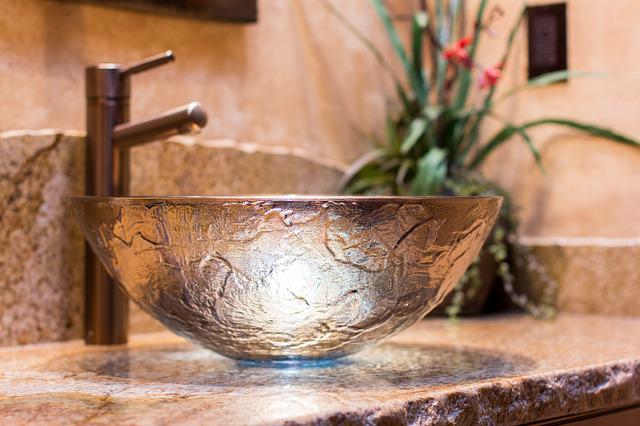
Artisan crafts add a unique level of creativity and specialized skill to the interior design of your home or office. These crafts speak of human involvement. Crafts that may be based on folkart traditions. Using these treasures in your interiors can start a conversation around traditions, culture, symbolism, nature, people, or place. It can become a cultural lens based on you and your designer’s personal observations.
Many of the artisan crafts use local, renewable, and repurposed materials. An estimated 65% of artisan activities occur in economically emerging countries. In fact, artisan crafts is the second largest industry after agriculture in countries with emerging economies.
When the Arts & Crafts movement arose, it was in response to a time characterized by a wide range of design disciplines. Factory goods were available and affordable, but not of the highest quality. It started in Victorian Britain with the figurehead of the movement being William Morris, who as a designer and textile artist. The Arts & Crafts movement eventually made its way from Europe to America. Gustav Stickley, a furniture maker and publisher, typified American Craftsman. The Arts & Craft movement or American Craftsman was comprised of simple designs with honest construction, handcrafted, and local materials.
The construction of artisan crafts was labor intensive and not affordable to the masses. One benefit to using artisan goods is that the design process and the artisan process are complementary to each other. Each allowing the designer or artist to have enough control over the final results. This is very important because, although these goods are artistic, any variation in texture, finish, and/or dimensions must be in an acceptable range.
Some of the most popular artisan materials are wood, concrete, copper, bamboo, jute, and oak staves. Some of the labels that identify wood materials as environmentally friendly are the Forest Stewardship Council (FSC), Greenguard, the Cradle to Cradle Certified Product Program, and other third party certifications. An identifiable chain of custody is one of the traits of certifications such as FSC. However, reclaimed wood is also sustainable, but may not have any labels. Another artisan material is recycled copper. One of the benefits to using copper is that it is naturally antibacterial. Copper can also be continuously recycled with no loss of quality in the material. Copper can have a rusty, earthy appeal that complements many aesthetic bents.
Another artisan material is concrete which can be formed into nearly any shape. Jute is sometimes used to reinforce concrete. This fiber has about a four to five month maturity age. Bamboo is a material that is also rapidly renewable.
Reclaimed wood is an artisan material that is derived from previously built structures with wood that is no longer viable or reusable in the original design. This helps other projects avoid the use of new wood. Another benefit is that reclaimed wood has usually been aged for some time during the original use. Aged wood is not as susceptible to shrinking and warping.

